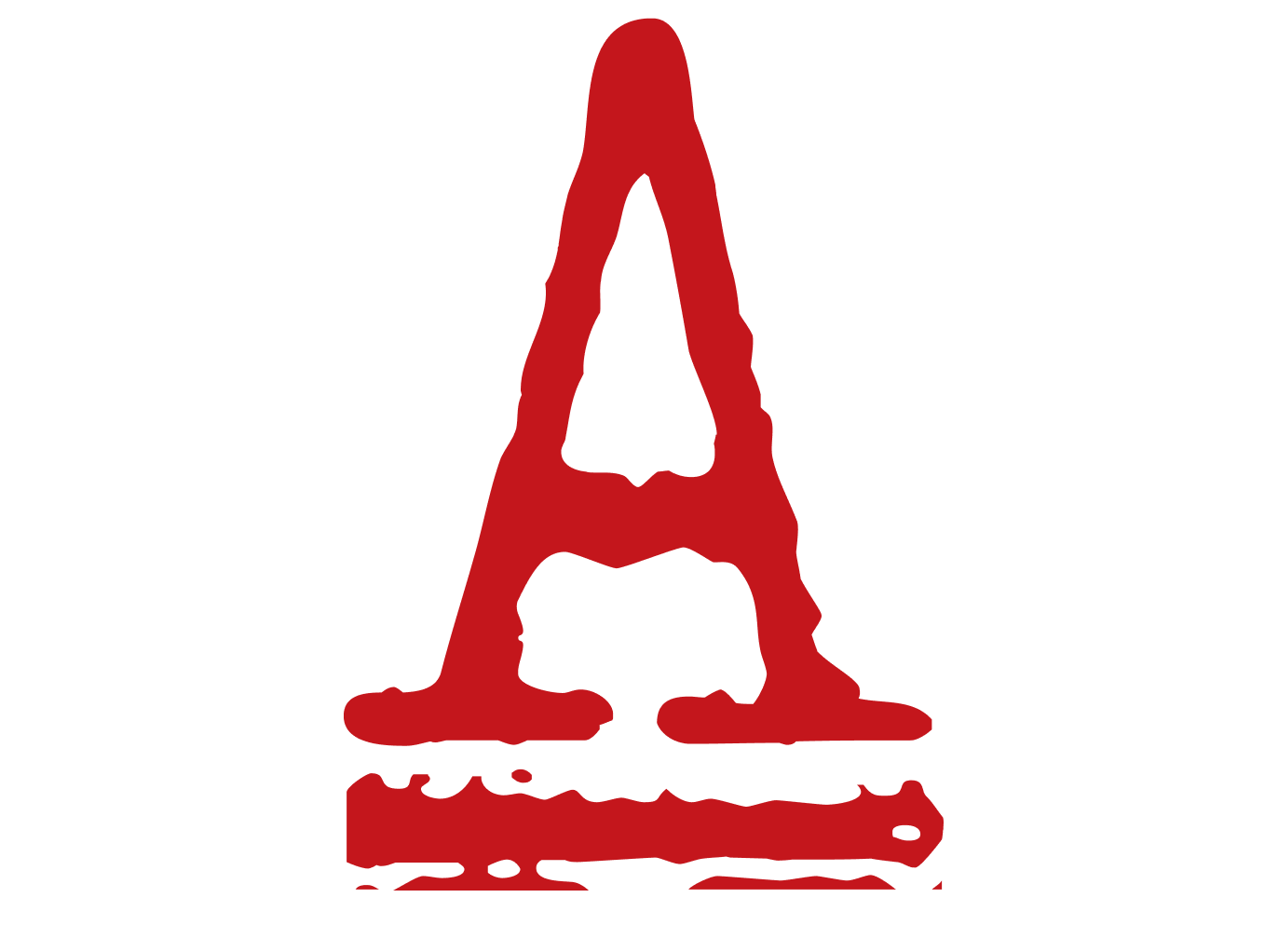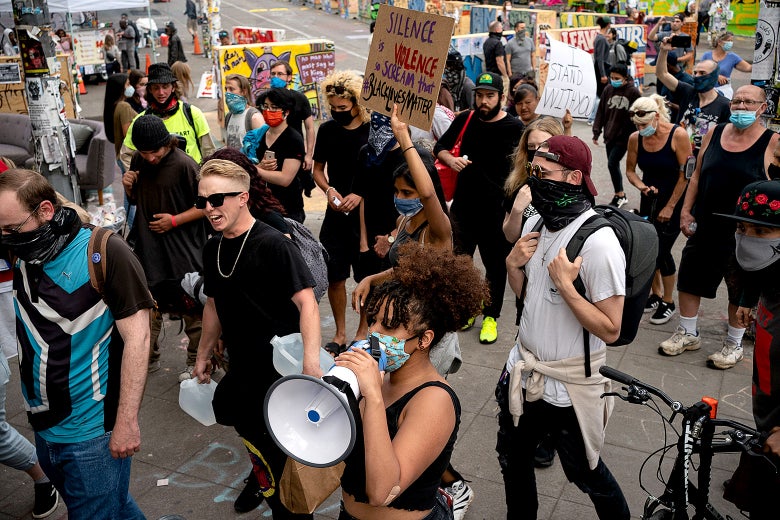With Trump attacking “anarchist jurisdictions,” a scholar of anarchism discusses the use and misuse of the A-word.
Joshua Keating, September 29, 2020
Anarchism is having a moment—or at least the word is. President Donald Trump spent much of the summer blaming violence at protests around the country on “radical-left anarchists.” His election rival, Joe Biden, has made clear that while he supports peaceful protests, he strongly opposes “anarchists” as well. Some of Trump’s critics have suggested that with his disregard for the norms and institutions of American politics, he’s the real anarchist. The A-word got its most dubious usage in September when Trump released a directive to federal agencies instructing them to find ways to withhold funding for designated “anarchist jurisdictions” like the cities of Portland, Oregon; Seattle; and New York. The memo blamed Democratic city governments for allowing “anarchy, violence, and destruction in America’s cities.”
The designation was immediately met with scorn and ridicule—the three cities are among the safest in the nation, for one thing. But perhaps because of recent state failures, there is something of an anarchist spirit in the air.
In response to the pandemic, “mutual aid” groups—a term originated by the Russian anarchist Peter Kropotkin—took off in cities throughout the world to deliver services to those in need. Activists in Seattle maintained a police-free “autonomous zone” for several weeks. Leaderless protest movements are on the rise, while once-radical ideas for limiting the state’s power, like defunding police forces and abolishing prisons, are gaining mainstream acceptance.


